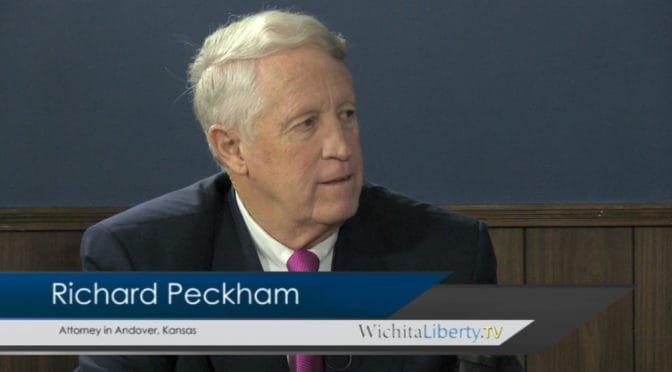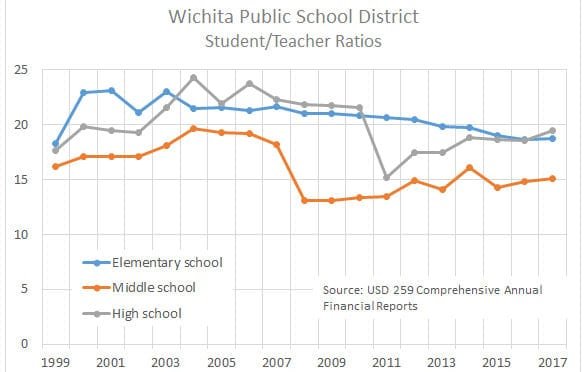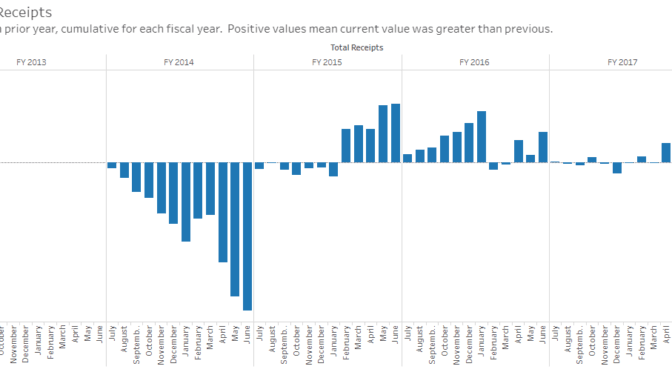Opinions vary on economic development incentives, but we ought to expect to be told the truth of the details.
The Wichita Business Journal has reported on the economic development incentives used to cement the Spirit AeroSystems expansion announced last week. Following are some quotes from its article How Wichita won the battle for Spirit AeroSystems’ expansion. Background on the aspects of the deal can be found at Spirit expands in Wichita.
Wichita Business Journal: “And many aren’t shy about bringing cash to the table as an incentive. In Wichita, in the wake of the defeat at the polls in 2014 of a sales tax measure that would have been used in part for economic development activities, such a war chest isn’t an option.”
Wichita and Sedgwick County are contributing cash and cash-equivalents to the deal. See below for more.
Further, the city has other ways to fund a “war chest” of incentives. While the sales tax failed to pass, there was nothing to prevent the city council from raising other taxes (such as property tax or franchise fees) to raise funds for economic development. Now there is a property tax limitation imposed by the state, but there are many loopholes the council could drive a large truck through, including holding an election asking voters to raise property taxes.
Also, the city justifies spending on economic development incentives by the positive return to the city. That is, for every dollar the city spends or forgoes in future taxes, it receives a larger amount in return. For this project, the analysis provided by Center for Economic Development and Business Research at Wichita State University reports a benefit/cost ratio of 2.75 to one for the city. That is, the city believes it will receive $2.75 for every $1.00 “invested.” If the city truly believes this, it should have no hesitation to issue bonds to fund this incentive, repaying the bonds with the projected benefits.
Wichita Business Journal: “‘Here … the state, city and county put together a very creative package focused on infrastructure and training,’ [Spirit CEO Tom] Gentile said.”
I suppose the innovative aspects of the package are the formation of a new business entity to build and own a large building, funded largely by the city and county. Also, the infrastructure referred to may mean the city’s forgiveness of Spirit’s debt to the city regarding a special water project.
Wichita Business Journal: “The government investment isn’t cash, but it is a way of helping Spirit grow that Gentile said combined with local training opportunities to make the government involvement important to Spirit’s decision to expand in Wichita.”
According to the agreement the city and county will consider this week, both Sedgwick County and the City of Wichita are contributing cash. The city will also forgive a large debt owed by Spirit. It’s hard to see how canceling a debt is different from giving cash.
Also, city, county, state, and school district are canceling millions in property and sales taxes that Spirit would otherwise owe, which is also difficult to distinguish from a cash benefit.
Finally, the state, under the PEAK problem, will likely refund to Spirit the state income tax withheld from their paychecks (minus a small fee).
Wichita Business Journal: “‘Because Spirit was willing to look at another way of investing, because this community said it was more important to invest in other ways, they’re allowing us to invest in infrastructure instead of handing Spirit cash,’ Wichita Mayor Jeff Longwell said Wednesday. ‘We believe that our community can rally behind that. We’re investing in Spirit and they’re investing in our community.’”
I’d really like to know the “another way of investing” the mayor mentions. Plus, contrary to the mayor’s assertion, the city is handing Spirit cash. Well, it’s giving cash to a new business entity whose sole purpose is to provide a new building for Spirit. Perhaps for Jeff Longwell that’s a distinction with a meaningful difference. If so, that’s too bad.
There are differing opinions as to the necessity and wisdom of economic development incentives. But we ought to expect the unvarnished truth from our mayor and economic development officials. It would be great if the Wichita Business Journal helped report the truth.













